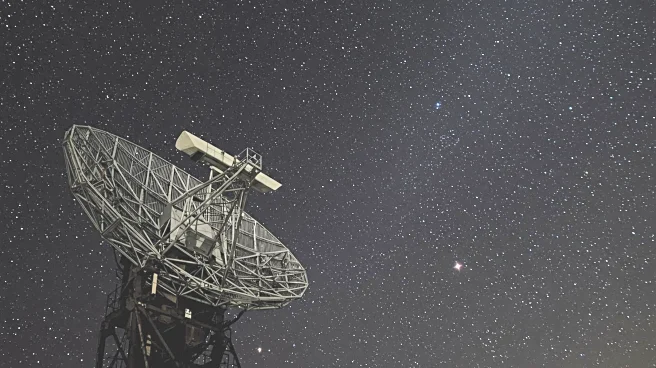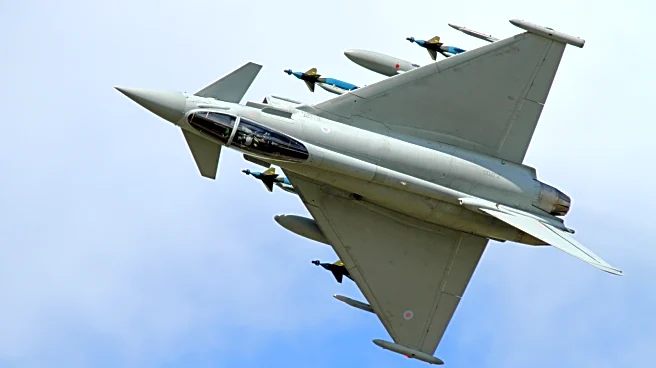Rapid Read • 7 min read
Northrop Grumman has successfully demonstrated its deep-space advanced radar capability (DARC), designed to track objects in geostationary orbit (GEO) continuously, regardless of weather conditions. This development follows a multi-year campaign funded by a $341 million contract from the Space Force's Space Systems Command in 2022. The DARC program aims to establish radar sites in the United States, the United Kingdom, and Australia, enhancing global surveillance capabilities. Unlike optical techniques, DARC can penetrate cloud cover and operate during daylight, addressing the challenge of monitoring satellites in GEO. Northrop Grumman's solution involves consolidating multiple antennas into an array, which significantly reduces the power required for signal transmission over the 36,000 km distance. The system is expected to become more powerful as all 27 antennas at the site are integrated.
AD
The introduction of Northrop Grumman's DARC system represents a significant advancement in space surveillance technology, offering the U.S. and its allies a strategic advantage in monitoring geostationary satellites. This capability is crucial for national security, as it mitigates the risk of adversarial satellites executing surprise maneuvers. The global scale of the DARC program, with sites planned in multiple countries, enhances international collaboration and strengthens collective defense strategies. The ability to track small objects from vast distances could also improve space traffic management and collision avoidance, benefiting both military and commercial space operations.
Northrop Grumman has been awarded a $200 million contract to construct DARC Site 2 in Pembrokeshire, UK, with completion expected by 2030. The third site is planned for the continental United States, aiming for operational status by 2032. These developments will expand the DARC network, providing comprehensive coverage and further enhancing global satellite tracking capabilities. As the program progresses, stakeholders including the Space Force and international partners will likely focus on integrating these systems into broader defense and space traffic management frameworks.
AD
More Stories You Might Enjoy











